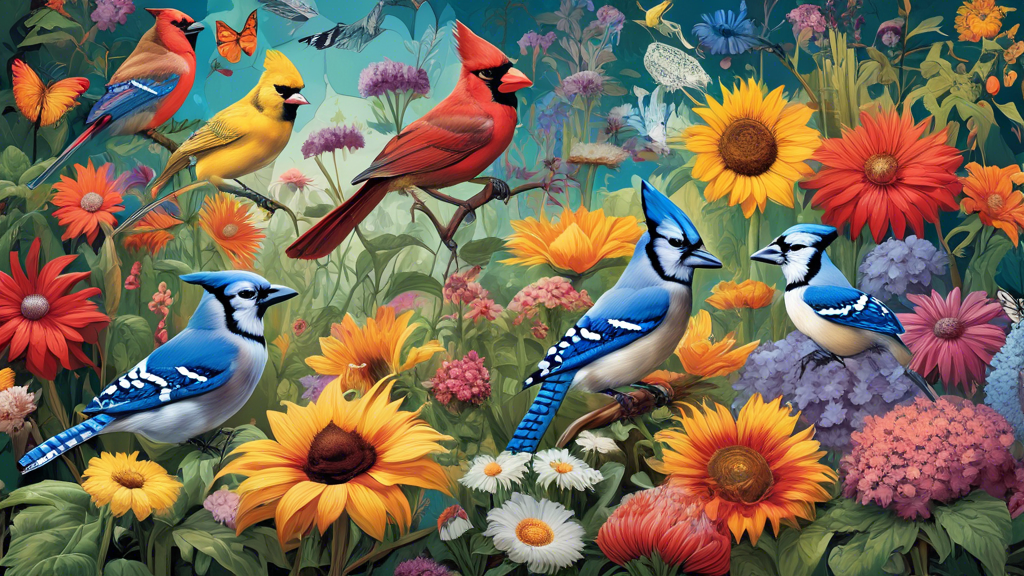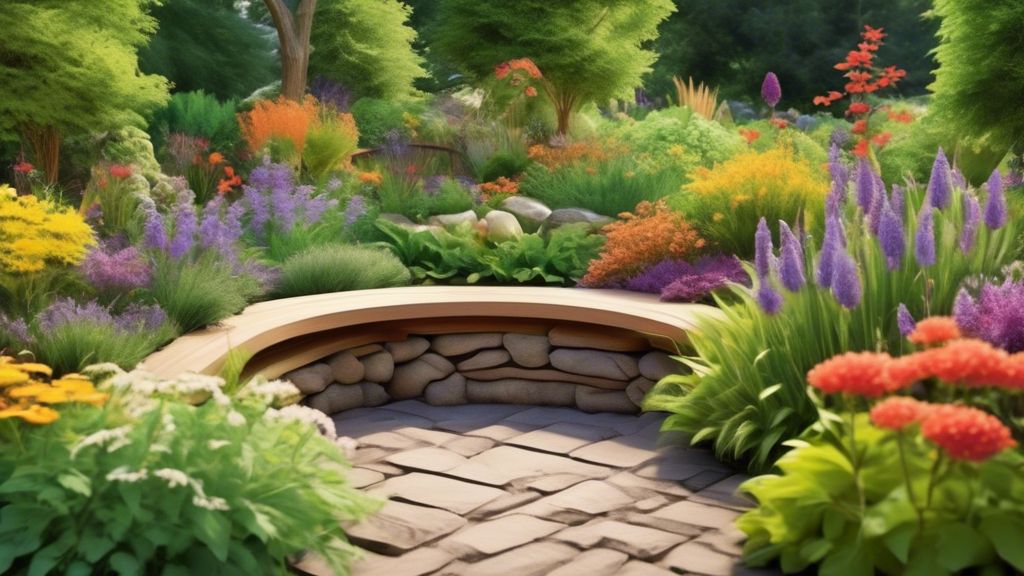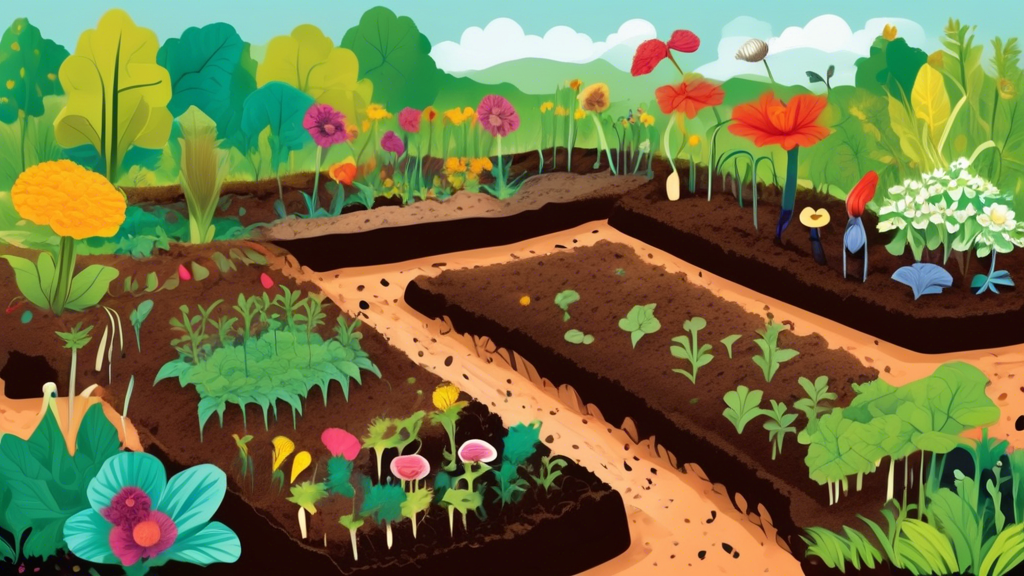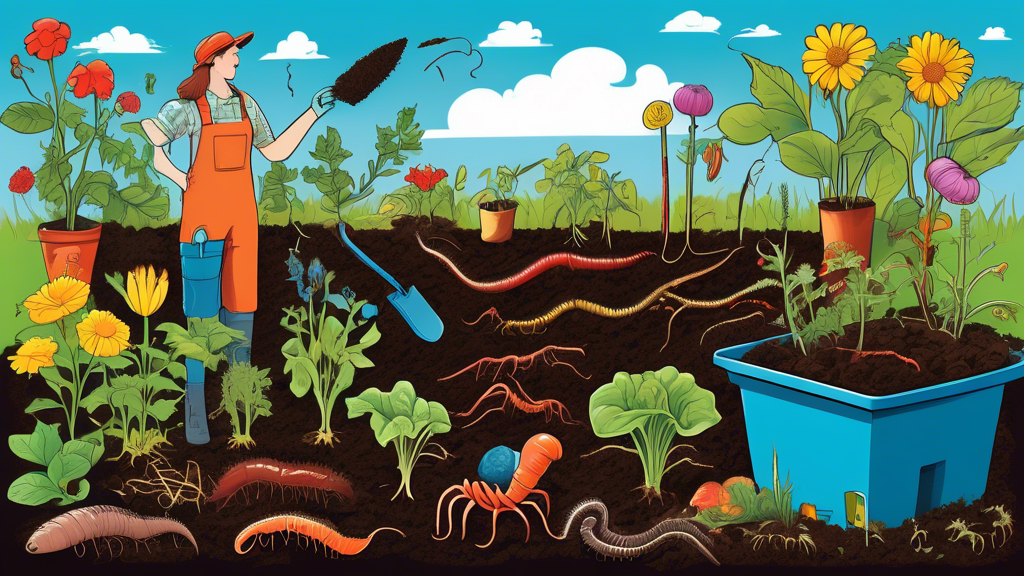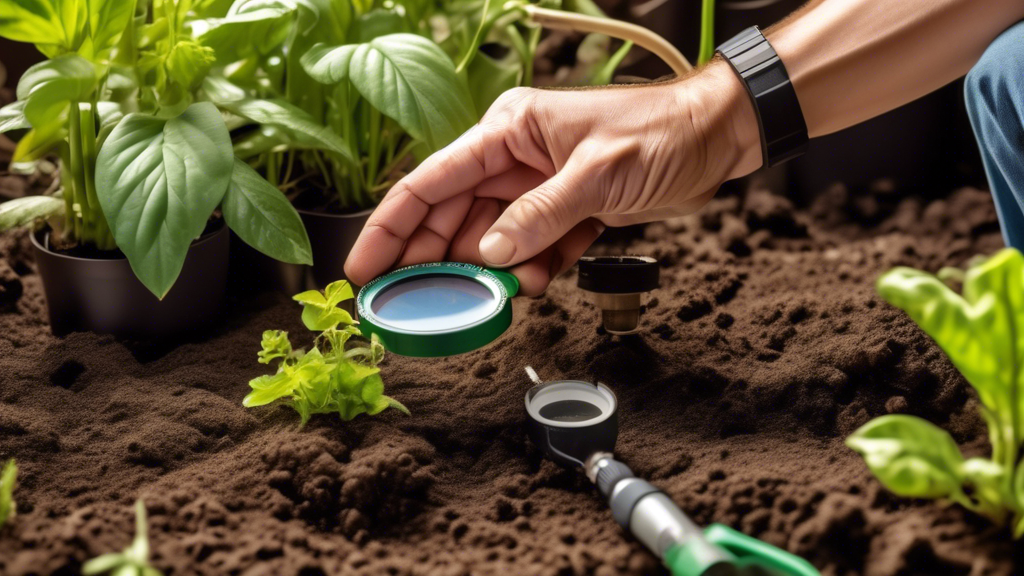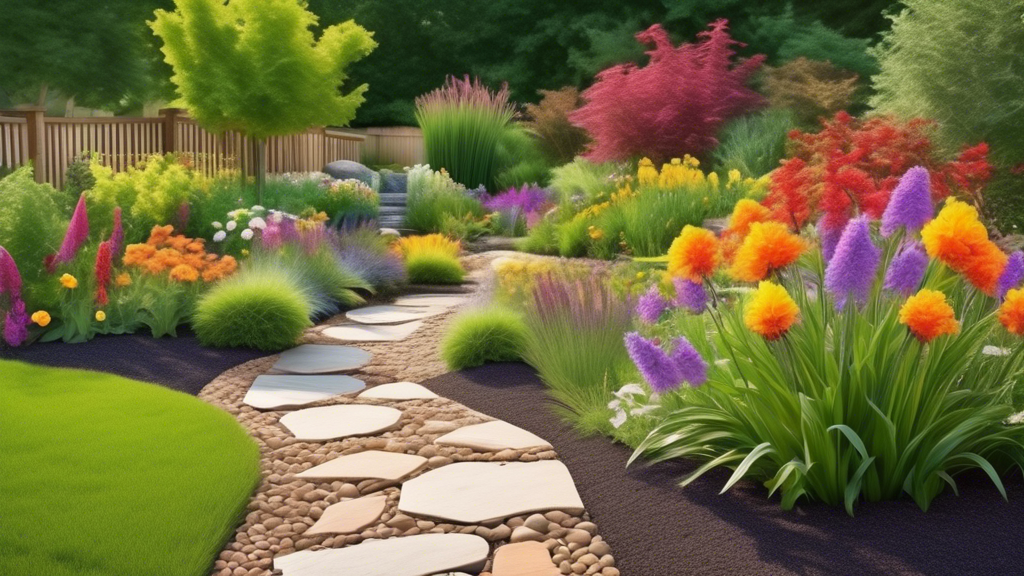
Why “Pretty” and “Purposeful” Aren’t Mutually Exclusive
The Common Challenges of Pollinator Gardens
Many gardeners hesitate to create a pollinator-friendly space due to a few common concerns. The fear that the garden will appear unkempt or “wild and weedy” is a major deterrent. Others struggle with a lack of cohesive design, where plants seem randomly placed without a visual plan. Short bloom times can also be frustrating, leaving the garden visually appealing for only a few weeks. Finally, there’s often a concern about attracting the “wrong” insects, such as pests or an overwhelming number of bees near patios and play areas.
The Foundation: Designing for Aesthetic Appeal
Employ Classic Garden Design Principles
A beautiful garden starts with a solid design foundation. Create layers and structure by using a mix of trees, shrubs, perennials, and groundcovers to add depth and interest. Plan for a color story by choosing a cohesive color palette, such as cool purples and blues or warm reds and yellows, rather than a chaotic mix of every color. Incorporating hardscaping elements like stone paths, a rustic bench, or decorative borders helps to define the space and give it a polished, intentional look.
The Unique Secret: Think Like a Pollinator for Your Color Scheme
Here’s something you might not know: you can align your aesthetic goals with a pollinator’s needs by understanding their vision. Bees see the world differently from humans; they are especially attracted to blue, purple, violet, white, and yellow flowers. This knowledge allows you to design a stunning, monochromatic “moon garden” filled with white and silver foliage that glows beautifully in the evening and is highly visible to nocturnal moths like sphinx moths and hawk-moths.
The Engine: Selecting Plants for Maximum Function
Go Beyond the Basics: The “Host Plant” Strategy
A truly functional garden provides more than just nectar; it supports the entire life cycle of pollinators. Don’t just plant nectar sources. Be sure to include host plants for butterfly and moth caterpillars. For example, plant Milkweed for Monarch butterflies and plants like Parsley, Dill, or Fennel for Black Swallowtail caterpillars. This ensures you are raising the next generation of pollinators.
The Nectar & Pollen Buffet: Ensuring a Continuous Food Supply
The key to a consistently busy garden is a consistent food source. Create a Bloom Sequence Chart for your garden to ensure that something is flowering from early spring to late fall. This planning prevents “nectar gaps” and provides a reliable food source, keeping pollinators in your garden throughout the seasons.
The Perfect Blend: Where Beauty and Function Meet
Side-by-Side: Ornamental vs. Functional-Only Plant Choices
You don’t have to choose between a plant that looks good and one that works hard. Many plants excel at both. The table below illustrates how you can select highly ornamental plants that are also powerhouse pollinator supporters.
| Functional-Only Choice | Ornamental & Functional Choice | Key Benefit |
|---|---|---|
| Common Dandelion (great for pollinators, but often considered a weed) | Purple Coneflower (Echinacea) – stunning structure, long bloom time | Pollinator magnet with high visual appeal |
| Dutch White Clover (excellent nectar source for lawns) | Catmint (Nepeta) – beautiful, sprawling purple flowers, drought-tolerant | Long-lasting blooms that are constantly covered in bees |
| Common Buttonbush (native shrub, unique flowers) | Anise Hyssop (Agastache) – striking flower spires, fragrant foliage | Attracts a huge diversity of bees, butterflies, and hummingbirds |
Design in “Drifts” for Impact and Efficiency
One of the most effective design techniques is to plant in drifts. Instead of planting one of everything, group 3-5 or more of the same plant together. This creates a bold, beautiful visual statement that is far more impactful than a scattered approach. For pollinators, a large block of a single flower type is like a neon “OPEN” sign, making it much easier for them to find and forage efficiently, thus conserving their energy.
Maintaining the Balance: Keeping Your Garden Gorgeous and Thriving
Ecological Gardening Practices
A healthy, functional garden requires a shift in traditional gardening habits. Embrace ecological practices that support the entire ecosystem. Leave some leaf litter under shrubs and areas of bare ground to provide crucial overwintering habitat for native bees and other beneficial insects. Practice “messy” gardening by leaving dead plant stems standing until late spring. These hollow stems serve as nesting sites for solitary bees, and the seed heads provide food for birds, adding winter interest to your garden.
Frequently Asked Questions (FAQs) on Pollinator Garden Design
Can I have a pollinator garden if I only have a small patio or balcony?
Absolutely! You don’t need a large yard to make a difference. Focus on container gardening with a few key plants. Flowering herbs like Lavender, Rosemary, and Thyme are excellent in pots and loved by bees. Compact native plants such as Beardtongue (Penstemon) or certain varieties of Salvia also thrive in containers and provide vital resources.
I’m worried about attracting bees too close to my house. What should I do?
This is a common concern. The solution is strategic placement. Position the most nectar-rich plants further from high-traffic areas like doorways and patios. It’s important to remember that bees visiting flowers are focused on foraging and are generally docile when they are away from their hive. They are not interested in stinging you while they are collecting pollen and nectar.
What is the single most important thing I can do to make my garden functional for pollinators?
If you only do two things, make it these: eliminate the use of pesticides and prioritize planting native species. Pesticides can be directly harmful to pollinators. Native plants have co-evolved with local pollinators and are their preferred and most nutritious food source, making them the foundation of any functional habitat.
How can I add winter interest to my pollinator garden?
Your garden can be beautiful and functional even in the dormant season. Leave the seed heads of plants like coneflowers, sunflowers, and sedums standing. These provide a crucial food source for birds like goldfinches during the winter months and offer beautiful, sculptural forms that look stunning against a backdrop of snow or frost.
